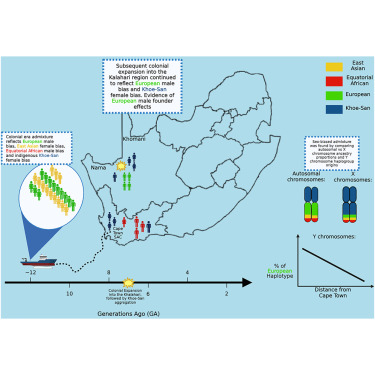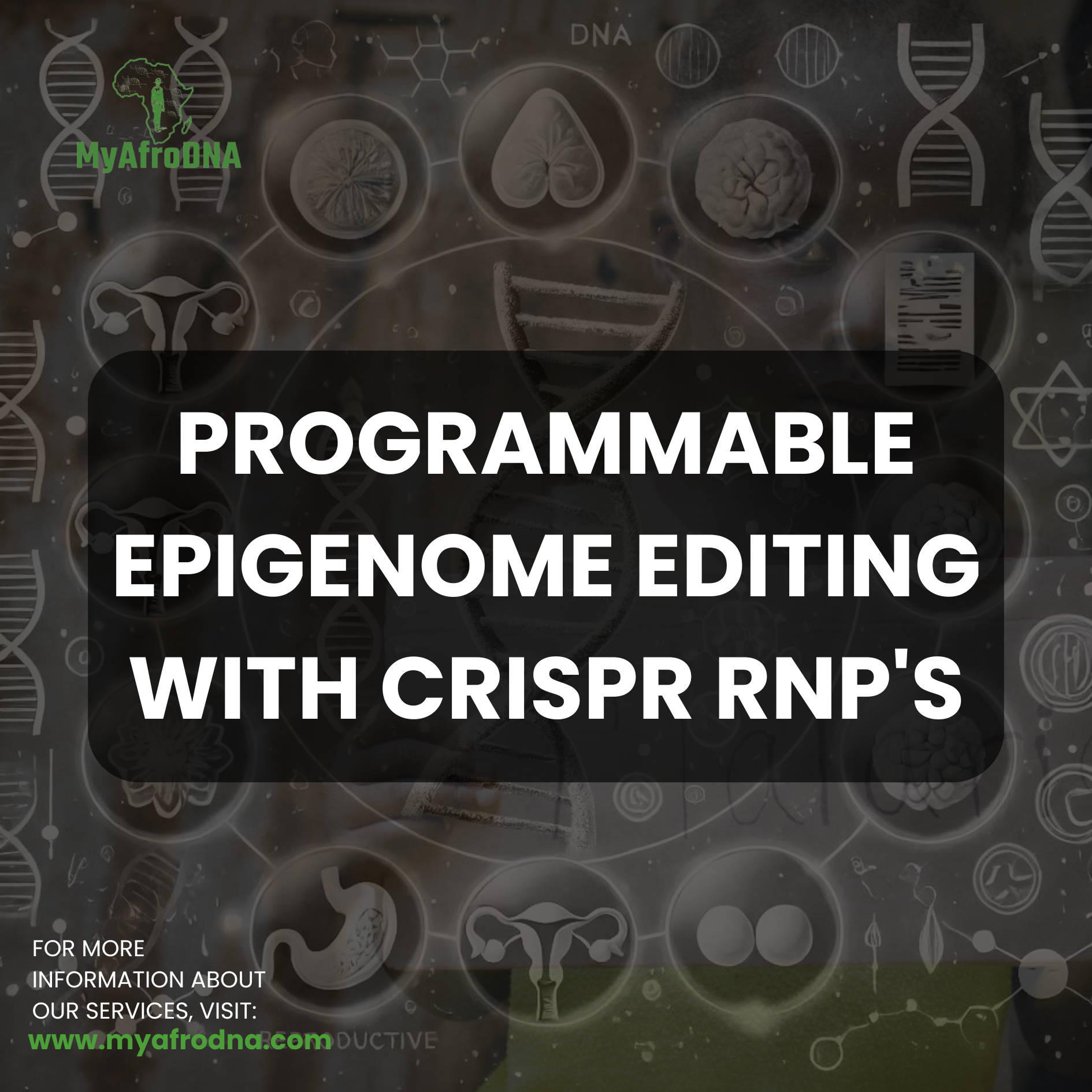A new study published in The American Journal of Human Genetics reveals how centuries of colonial expansion and the Indian Ocean slave trade shaped South Africa’s genetic landscape, leaving a profound legacy of sex-biased admixture.
Researchers analyzed genetic data from over 1,400 individuals across South Africa to understand how migration and displacement transformed Indigenous communities. The findings show that European male settlers contributed disproportionately to genetic lineages, while Khoe-San women and enslaved women from South and Southeast Asia made major contributions to the maternal gene pool.
Interestingly, while genetic mixing around the Cape was continuous, northern Khoe-San communities experienced a single pulse of European admixture about six to eight generations ago. The Nama people showed unique founder effects, with about 15% of Y-chromosome lineages tracing back to Asia, reflecting the deep genetic impact of forced migrations during colonial times.
This research highlights how genomics can uncover stories of resilience and connection, offering new insight into Africa’s intertwined histories of movement, survival, and identity.
At MyAfroDNA, we are committed to advancing genomics research by providing high-quality African biospecimens and molecular testing services that help decode Africa’s diverse genetic heritage.
Click here for further reading.










